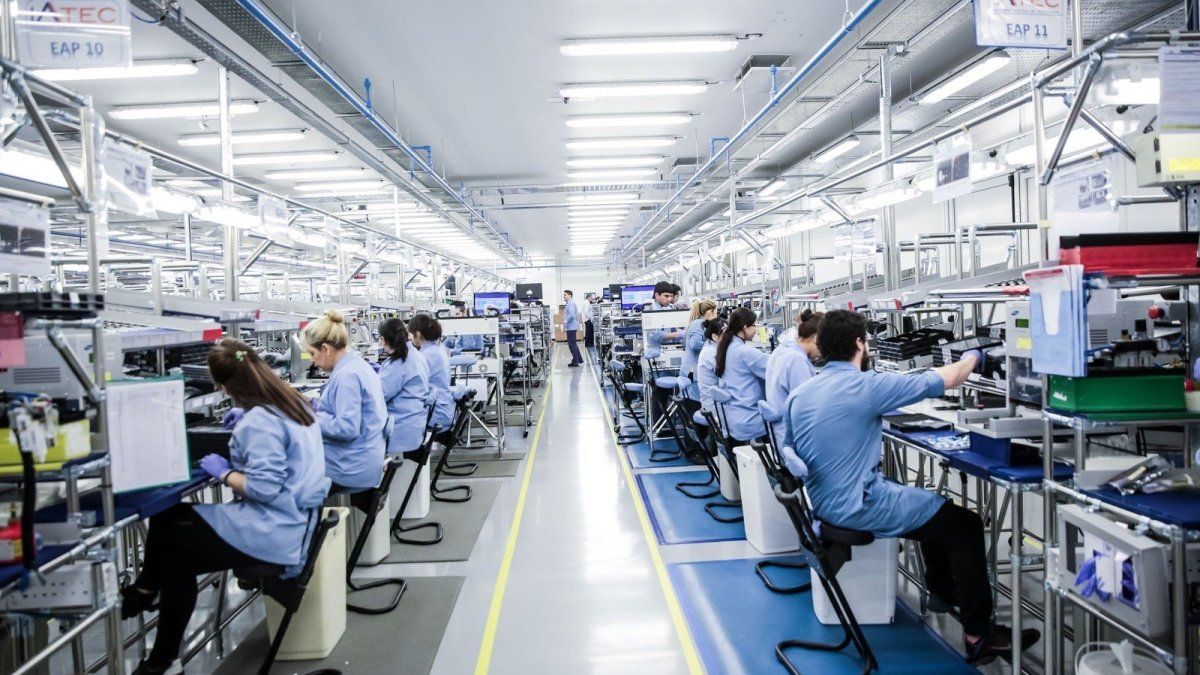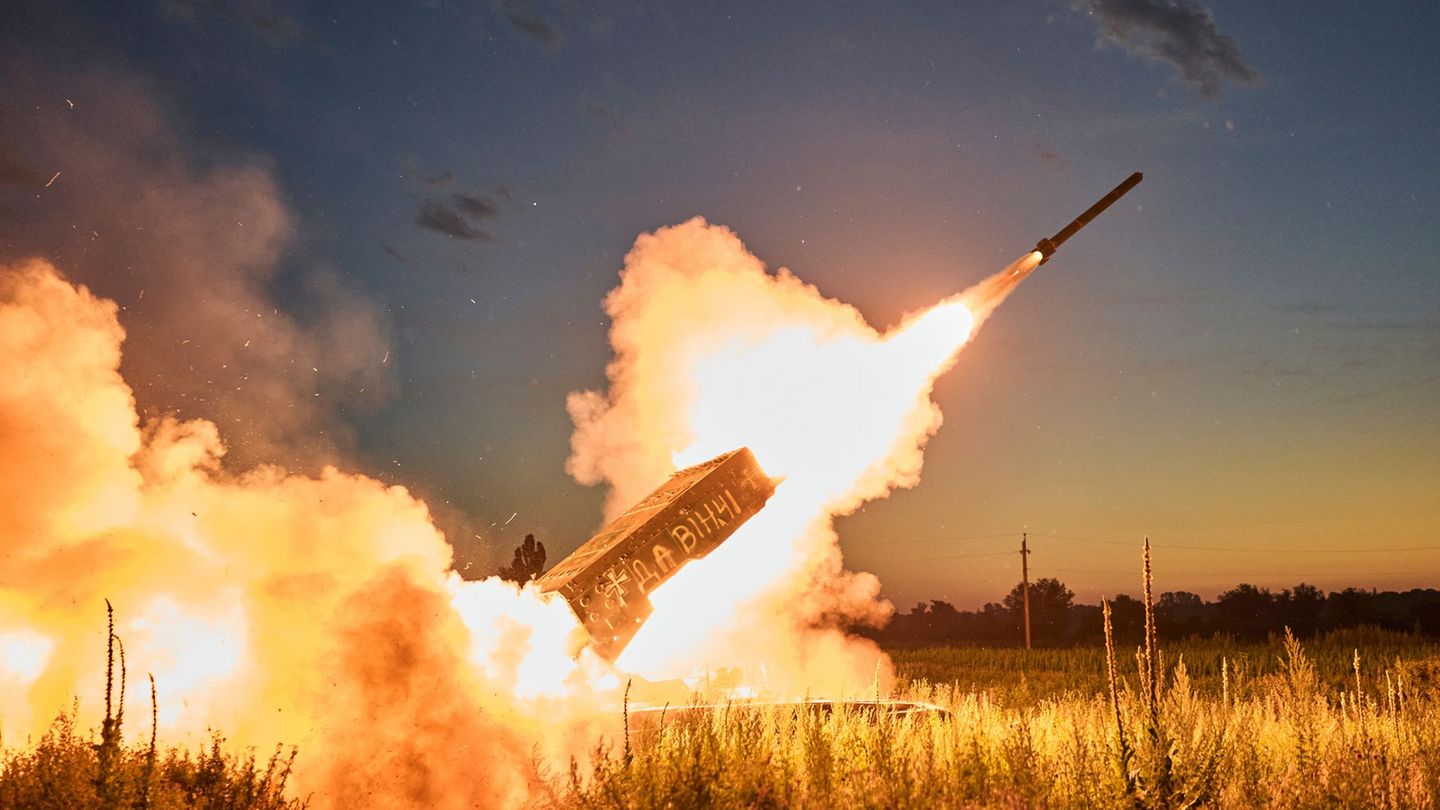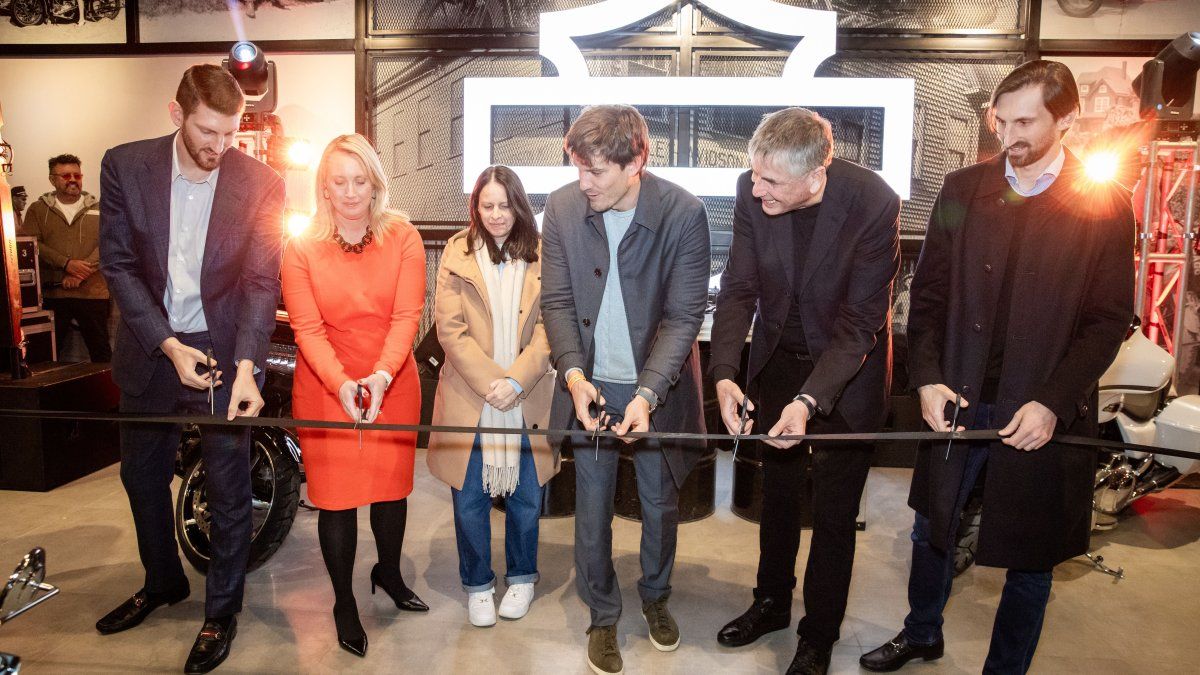The branch of the food and drinks recorded in July a slight advance compared to July last yeardue to an increase in food production that more than offset the drop in beverage production“Among the food products, the contribution of oil production and the slower rate of contraction in cattle slaughter and dairy farming stood out,” said FIEL.
Regarding the sectors that showed growth in July a marked reduction in the rate of decline, the most important of which is that of metalworkinga branch within which improvements were observed in the production of auto parts, cables and in plants dedicated to agricultural machinery whose Sales in July showed the first year-on-year improvement since November last yearwhile the best activity record continues to be shown by suppliers in the energy and mining sectors.
The automotive sector also showed a significant slowdown in the pace of contraction, and in July reached the highest level of production since last November. Finally, the non-metallic minerals sector was another that had growth in the month a significant reduction in the rate of year-on-year decline, and increases were observed within the products branch compared to July of last year.
Associated with the above, Sales of construction supplies continued the monthly improvement and the reduction in the year-on-year decline observed in previous months. Regarding the evolution of the accumulated activity in the first seven months of the year, Industrial production reduced the decline to 10.9% compared to the period January-July 2023.
Year-to-date: how the different sectors fared
From FAITHFULthey also reported that The branch of activity that has accumulated the greatest decline is non-metallic minerals with a contraction of 28.3%, followed by automotive production, which has accumulated a fall of 24.4%.basic metal industries (19.5%), metalworking (15.1%), cigarette shipments (13.8%) and chemical and plastics production (12.1%), in each case in the first seven months and in comparison with the same period last year.
With a contraction less than the average it is placed The food and beverage sector with a decrease of 3.6%followed by the paper and cellulose production (2.1%) and petroleum processing (1.5%)in each case in the period January-July and in comparison with the same period in 2023. Finally, the textile inputs branch matched (0.2%) the production level of the first seven months of last year.
“With the above, All branches of industry contribute to the contraction of industry so far this yearwith metalworking being the branch that makes the largest contribution (22%),” they explained in the report.
They added: “Looking at activity by type of goods produced, all of them have accumulated a fall in the first seven months of the year and show a reduction in the accumulated contraction compared to the record for the first half of the year. The largest cumulative drop in the period from January to July corresponds to capital goods, which recorded a production level 18.9% below that achieved in the same period last year.followed by durable consumer goods, which showed a cumulative contraction of 18.5% on the same comparison basis.”
Intermediate goods fell below average in production, with a cumulative decline of 10.4%, followed by non-durable consumer goods with a fall of 5%. In the first seven months of the year, the largest contribution to the contraction of industry was made by the production of intermediate goods, with just over 40% of the total.
FIEL’s analysis of industrial activity data
“It is worth noting that The production level of July 2023 offered a favorable effect as a basis for comparison, while the one reached in August of that year is a challenge for the current scenario of industrial activity. “-which in some activities includes the impact of labor conflicts, so that with high probability in August the reduction in the dynamics of the fall observed in July would be interrupted,” said this entity.
In seasonally adjusted terms, industrial production in July rose 0.6% compared to the previous monthchaining three months of improvement, counting the increases observed in May (0.7%) and June (0.6%). With the above, Seasonally adjusted industrial production for the month was 14.9% lower than that of April 2022 at the start of the current recessionary phase of the industry. Compared to the ten industrial recessions since 1980 according to the FIEL IPI, “The current one will be among the longest and shallowest.”
With the advance of seasonally adjusted production, they expressed that “the signs of a slowdown in the fall in activity improved, having been reached In April, a minimum for the level of production, and the largest deviation from the growth trend. Also in that month the spread of the fall was maximum in the present phase when it reached 90% of the industrial activity and from when it was cut back to 75% in July. With the above, April is a potential candidate for the start of a cyclical recovery in the industry“.
In summary, they said: “In July, manufacturing activity registered a new year-on-year decline of lesser depth compared to the cumulative decline in previous months, which could stop in August. The food and beverage sector showed a positive performance compared to the level reached in July last year, while specific activities also improved. Finally, the improvement in production in seasonally adjusted terms strengthened the indicators that indicate a slowdown in the decline in activity, although this does not allow us to anticipate the speed and sustainability of a potential recovery in the months to come.”
Source: Ambito




